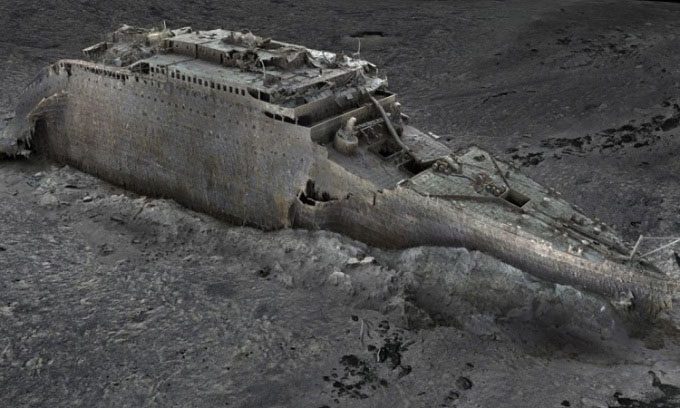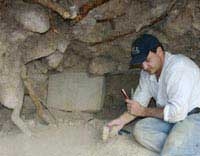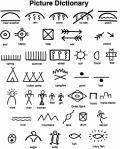For the first time, a team of researchers has created a 3D replica of the Titanic wreck with millimeter-level accuracy.
Historians believe that a new underwater scanning project could provide answers to some unresolved questions related to the tragedy that claimed over 1,500 lives. A team of scientists used deep-sea mapping techniques to create the first accurate digital replica of the Titanic wreck, as announced on May 17 by Magellan and filmmaker Atlantic Productions.

The research team can use the scan data to uncover the true mechanisms behind the Titanic tragedy. (Photo: Atlantic Productions/Magellan)
By conducting the “largest underwater scanning project in history”, the scientists were able to reveal details of the tragedy and explore intriguing information about what actually happened to the crew and passengers on that fateful night of April 14, 1912. The scanning of the wreck took place in the summer of 2022 by a specialized vessel stationed 700 km off the coast of Canada. Strict regulations prevented team members from touching or disturbing the wreck. The investigators emphasized their utmost respect in handling the wreck.
Every millimeter of the 4.8 km debris field was mapped in detail. The final digital replica successfully simulates the entire wreck, including the bow and stern that separated when the ship sank in 1912. Parks Stephenson, a Titanic researcher for 20 years, remarked that the project revealed previously unseen details. “We obtained real data that engineers can use to test the true mechanisms behind the breakup and sinking of the ship, bringing us closer to the real story behind the Titanic disaster,” Stephenson emphasized. An example lies with the ship’s propeller, where the serial number was seen for the first time in decades.
The research team collected approximately 715,000 photographs and 16 terabytes of data during the expedition. Magellan estimates that the digital replica is about 10 times larger than any underwater 3D model ever created before. According to Richard Parkinson, CEO of Magellan, the mission was challenging as the team faced bad weather and technical difficulties. While previous optical images of the ship were limited by poor lighting at a depth of 3,810 meters underwater, the new mapping technique effectively eliminated the effects of water and made better use of light.
According to 3D imaging expert Gerhard Seiffert, the high-precision 3D model allows people to zoom in and examine the entire wreck for the first time. This mapping will open a new chapter in Titanic research and exploration, according to Stephenson.





















































